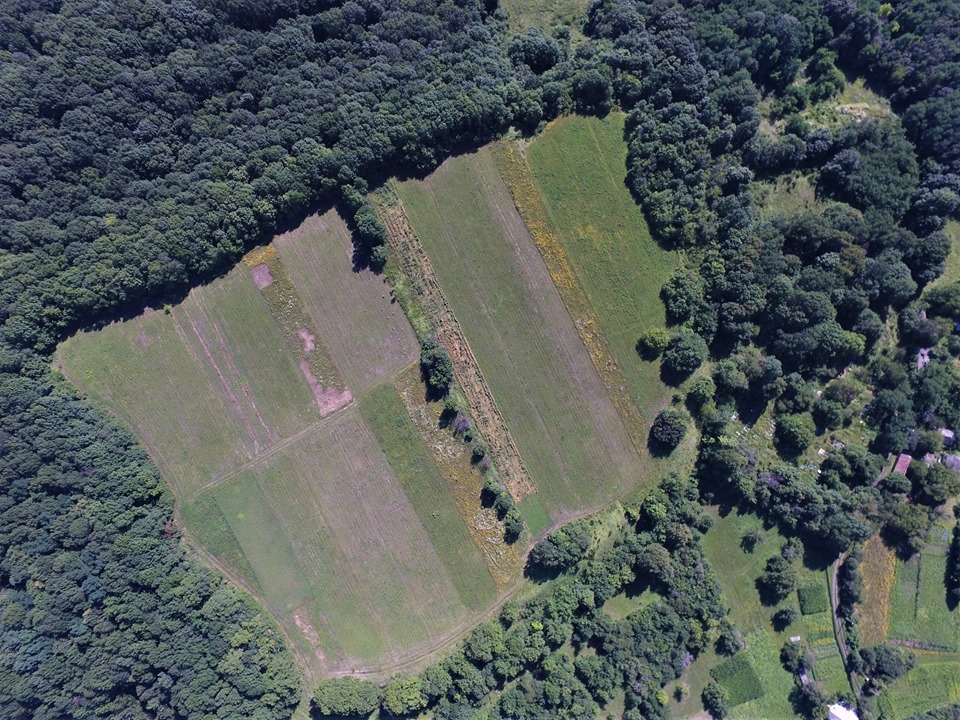
It is located in the eastern part of Svyrydivka village, Svyrydivka Village Council, Lokhvytsia district, on the cusp ledge of the right bank of the Sula River in Dytynets and Horodok natural landmarks.
Svyrydivka fortified settlement is known since the end of the 19th c. It was examined by archaeologists M.D. Renskyi (1925), M.M. Semenchyk (1928), F.B. Kopylov (1946), I.I. Liapushkin (1948), A.O. Moruzhenko (1969), M. Kuchera and O.V. Sukhobokov (1971), Yu.Yu. Morhunov (1981) and R.S. Luhov and V.V. Kasian (2010). Small excavations here were carried out by Yu.V. Boltryk in 1991-1992.
The archaeological complex of Svyrydivka fortified settlement consists of a fortified site and a township.
The fortified settlement also consists of two parts connected by a land bridge, which is deepened by a moat.
The northern part (Dytynets natural landmark) is protected by a large tower-like breastwork 2.5-3.0 m high and 10 m wide, as well as a moat up to 1 m wide. The Dytynets area is 0.4 ha, the surface is covered with forest and sward. The cultural layer capacity is 0.4 m. The findings include a large number of Romen moulded ceramics and Old Russian pottery. During the research (moat crossing) it was established that in the middle of the 12th c. a tower and a small additional breastwork were built.
The southern part (Horodyshche natural landmark), a fortified post probably had a much larger area of 3.9 hectares, and on the southern side it was also fortified by a breastwork 2.5 m high. The breastwork studies have shown that it was built on the cultural layer of the Bronze Age in Scythian times, after the fire the fortifications were built in Old Russian times and have traces of two repairs (mid-12th c., mid 12th – early 13th c.).
Among the most numerous findings are Old Russian pottery, some findings of the Bronze Age, Scythian times and Cherniakhiv culture. The iron findings can be distinguished: arrowheads, pear-shaped bell, chisel, stylus, spring scissors, iron spearhead, as well as lead pendent seal.
Small excavations were carried out here on an area of 68 sq.m in 1992. The capacity of cultural layers was 0.6-0.8 m. There was a layer of burnt clay across the excavation. This may indicate a hostile attack on the fortifications (12th – 1st half of the 13th c.). Eight household buildings were found in the excavation: seven pits belonged to the Old Russian time and one household building, a two-chamber cellar was of the Scythian times (6th – 4th cc. BC).
The township is located in the eastern part of the village to the west and south of the fortified settlement. The settlement area is 15 hectares.
It is located in the eastern part of Svyrydivka village, Svyrydivka Village Council, Lokhvytsia district, on the cusp ledge of the right bank of the Sula River in Dytynets and Horodok natural landmarks.
Svyrydivka fortified settlement is known since the end of the 19th c. It was examined by archaeologists M.D. Renskyi (1925), M.M. Semenchyk (1928), F.B. Kopylov (1946), I.I. Liapushkin (1948), A.O. Moruzhenko (1969), M. Kuchera and O.V. Sukhobokov (1971), Yu.Yu. Morhunov (1981) and R.S. Luhov and V.V. Kasian (2010). Small excavations here were carried out by Yu.V. Boltryk in 1991-1992.
The archaeological complex of Svyrydivka fortified settlement consists of a fortified site and a township.
The fortified settlement also consists of two parts connected by a land bridge, which is deepened by a moat.
The northern part (Dytynets natural landmark) is protected by a large tower-like breastwork 2.5-3.0 m high and 10 m wide, as well as a moat up to 1 m wide. The Dytynets area is 0.4 ha, the surface is covered with forest and sward. The cultural layer capacity is 0.4 m. The findings include a large number of Romen moulded ceramics and Old Russian pottery. During the research (moat crossing) it was established that in the middle of the 12th c. a tower and a small additional breastwork were built.
The southern part (Horodyshche natural landmark), a fortified post probably had a much larger area of 3.9 hectares, and on the southern side it was also fortified by a breastwork 2.5 m high. The breastwork studies have shown that it was built on the cultural layer of the Bronze Age in Scythian times, after the fire the fortifications were built in Old Russian times and have traces of two repairs (mid-12th c., mid 12th – early 13th c.).
Among the most numerous findings are Old Russian pottery, some findings of the Bronze Age, Scythian times and Cherniakhiv culture. The iron findings can be distinguished: arrowheads, pear-shaped bell, chisel, stylus, spring scissors, iron spearhead, as well as lead pendent seal.
Small excavations were carried out here on an area of 68 sq.m in 1992. The capacity of cultural layers was 0.6-0.8 m. There was a layer of burnt clay across the excavation. This may indicate a hostile attack on the fortifications (12th – 1st half of the 13th c.). Eight household buildings were found in the excavation: seven pits belonged to the Old Russian time and one household building, a two-chamber cellar was of the Scythian times (6th – 4th cc. BC).
The township is located in the eastern part of the village to the west and south of the fortified settlement. The settlement area is 15 hectares.
Read moreПам’яткоохоронна інформація
Monument protection information
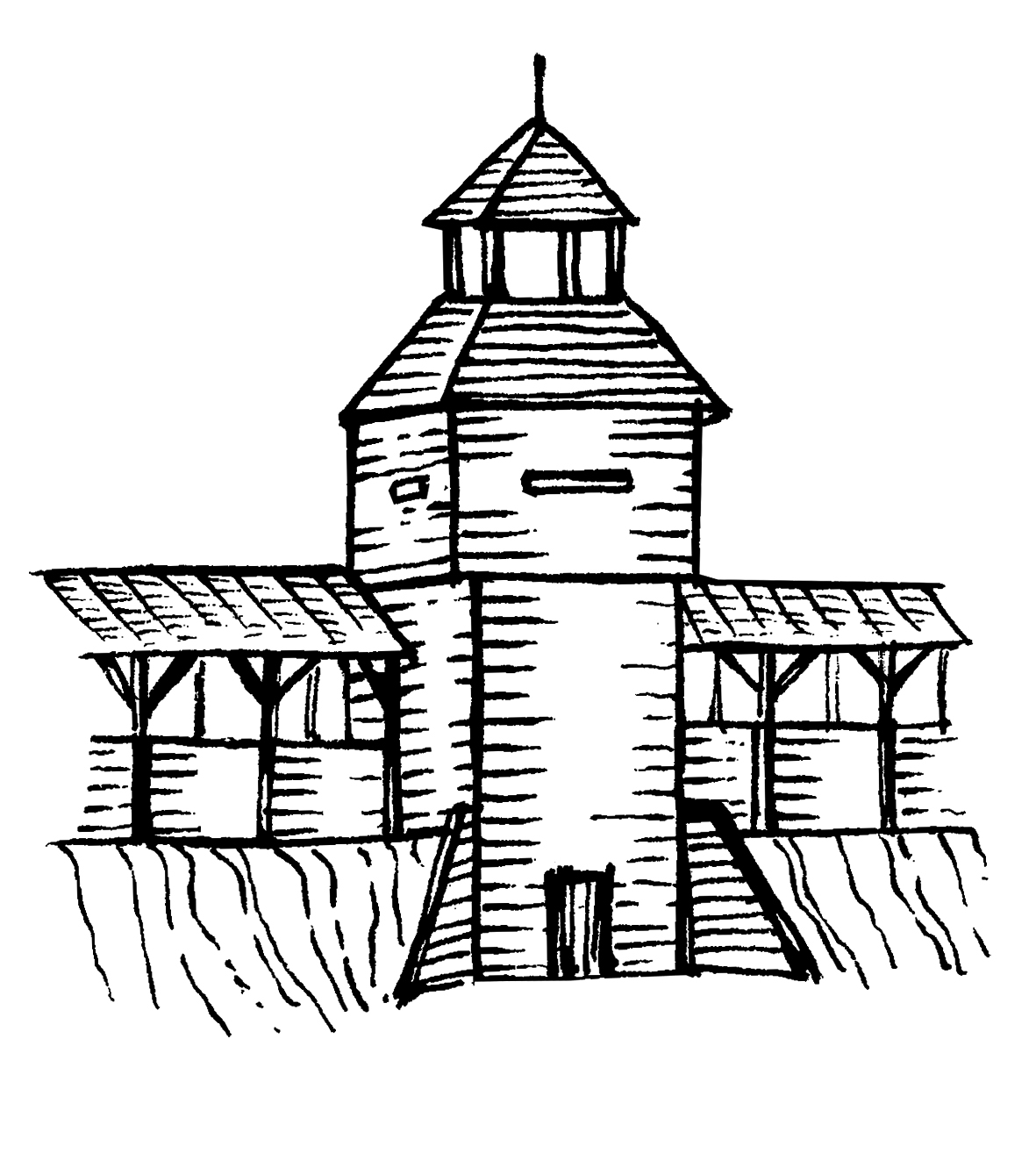
Пам’ятка археології місцевого значення.
Наказ Міністерства культури, молоді та спорту України № 1062 від 25.02.2020 р.
охоронний номер 2400-Пл.
svyrydivka-gorodyshhe-dvosharove-dytynecz-pasport-1.pdfПам’ятка археології місцевого значення.
Наказ Міністерства культури, молоді та спорту України № 1062 від 25.02.2020 р.
охоронний номер 2400-Пл.
svyrydivka-gorodyshhe-dvosharove-dytynecz-pasport-1.pdfНаукові публікації
Scientific publications
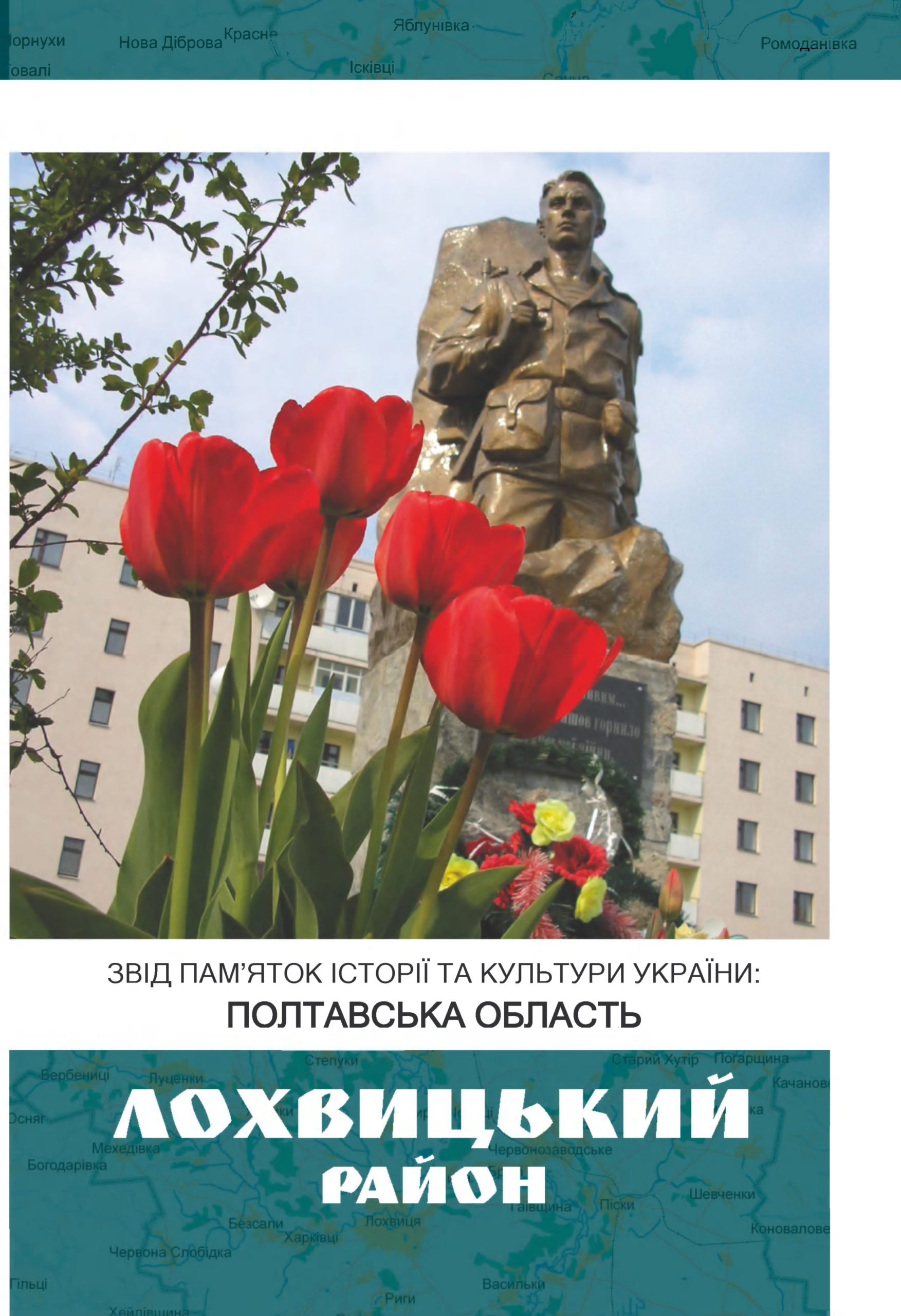
Моргунов Ю., Супруненко О. Археологічний комплекс: городище та поселення епохи бронзового віку, скіфського часу (VI – IV ст. до н.е.), черня-хівської культури (кін. ІІІ – XV ст. н. е.), слов’яноруської доби (ІХ – Х, ХІ – ХІІІ ст.) // Звід пам’яток історії та культури України: Полтавська область. Лохвицький район [Текст] = Register of Monuments of History and Culture of Ukraine: Poltava Region. Lokhvitsa district / Полт. краєзн. муз.; В.А. Андрієць, А.С. Ароян, В.В. Бережна та ін.; голов. ред. кол.: Ю.В. Волошин, А.М. Киридон, В.В. Кривошея та ін.; [упорядн., наук. ред. В.О. Мокляк]. -Полтава: ТОВ «АСМІ», 2012. – С. 252-256
lohvyczkyj-zvod-pos-shkadrety-i-miscz-pam-1.pdfМоргунов Ю., Супруненко О. Археологічний комплекс: городище та поселення епохи бронзового віку, скіфського часу (VI – IV ст. до н.е.), черня-хівської культури (кін. ІІІ – XV ст. н. е.), слов’яноруської доби (ІХ – Х, ХІ – ХІІІ ст.) // Звід пам’яток історії та культури України: Полтавська область. Лохвицький район [Текст] = Register of Monuments of History and Culture of Ukraine: Poltava Region. Lokhvitsa district / Полт. краєзн. муз.; В.А. Андрієць, А.С. Ароян, В.В. Бережна та ін.; голов. ред. кол.: Ю.В. Волошин, А.М. Киридон, В.В. Кривошея та ін.; [упорядн., наук. ред. В.О. Мокляк]. -Полтава: ТОВ «АСМІ», 2012. – С. 252-256
lohvyczkyj-zvod-pos-shkadrety-i-miscz-pam-1.pdfФотогалерея
Gallery
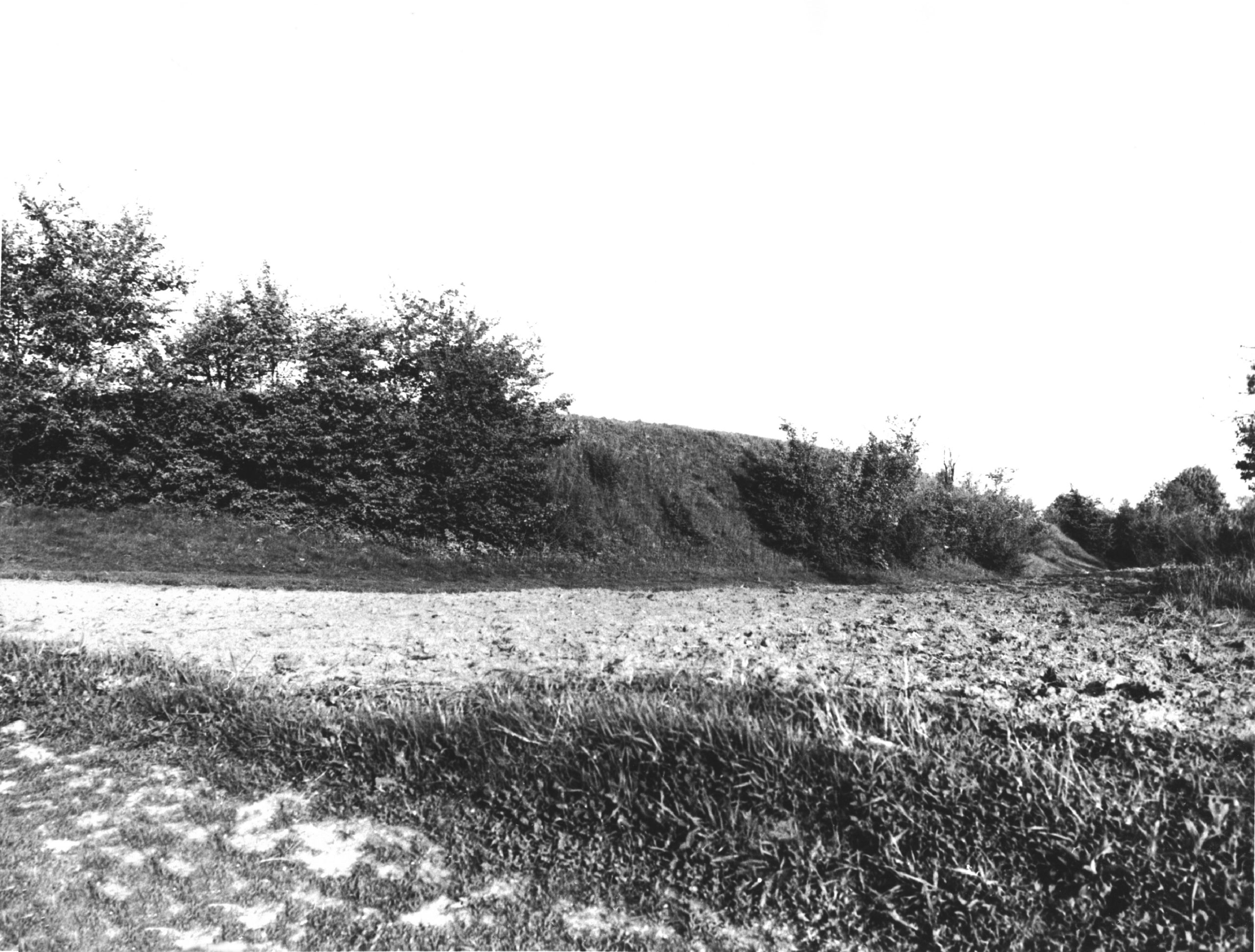
Свиридівка, с. Городище давньоруського часу.
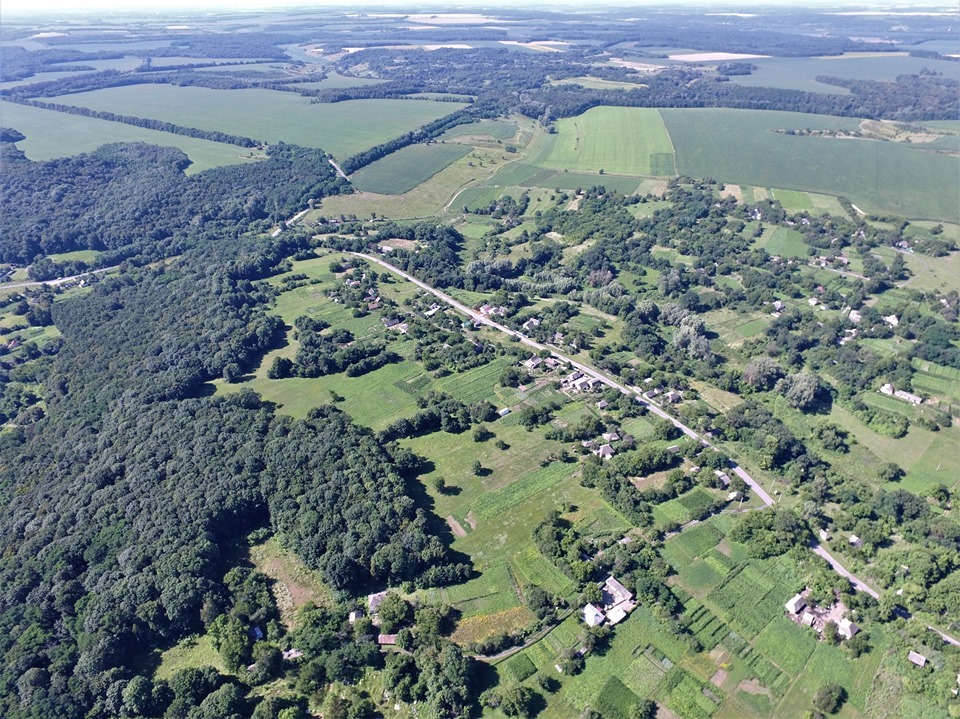
Свиридівка, с. Городище давньоруського часу. З висоти пташиного польоту.

Свиридівка, с. Городище давньоруського часу. Вигляд згори.